Table of Content
Athangudi tiles, also known as "Karaikudi tiles," are distinctive handmade floor tiles originating from Athangudi village in Tamil Nadu, India. Inspired by the Victorian architectural style, these tiles are renowned for their intricate designs featuring geometric patterns and floral motifs, often showcased in vibrant hues. What sets these tiles apart is their artisanal production process, which eschews machinery in favor of a specialized traditional method practiced by craftsmen.
Athangudi tiles serve not merely as floor coverings but as exquisite pieces of artwork that lend a traditional and aesthetic appeal to any space. Their incorporation into homes is cherished for the cultural and elegant ambiance they impart. Thus, having Athangudi tiles adorning one's home is akin to possessing a small fragment of Indian tradition beneath your feet.
History of Athangudi tiles
The tradition of crafting Athangudi tiles dates back to the 19th century, where they found prominence as embellishments for the opulent mansions of wealthy Chettinad merchants. Originally, these tiles were crafted utilizing indigenous materials such as river sand, lime, and natural pigments, eschewing modern factory production and machinery. Craftsmen relied on traditional techniques passed down through generations, employing manual methods to fashion these intricate designs. Inspired by temple architecture, elements of nature, and geometric patterns, the designs of Athangudi tiles possess a distinctive charm and uniqueness of their own.
Also Read: Your Guide to 12 Interior Finishing Materials: Prices and Usage Tips
Manufacturing process
The process of making Athangudi tiles is a labour intensive process and requires some great skills by artisans.
Preparing the base
The base of the tiles is made by mixing river sand, cement, and water. This mixture forms the foundation on which the design will be stamped.
Creating the design
The craftsman impresses the design onto the base using either wooden blocks or metal stencils. These designs draw inspiration from nature, temple architecture, and geometric patterns, mirroring the abundant cultural legacy of the area.
Adding colour
Once the design is stamped onto the base, a mixture of natural pigments and water is applied to infuse vibrant colors. These pigments originate from plants, minerals, and various other natural sources, imbuing each tile with its distinctive and lively appearance.
Finishing touches
After the colors are applied, the tiles undergo thorough drying. Once dried, they undergo polishing to attain a smooth and glossy surface. Finally, a natural wax coating is administered to seal the tiles, thereby augmenting their durability.
Features of Athangudi tiles
Hand-made
Since each tile is crafted by hand, no two tiles are exactly alike. This helps to add a unique touch and style by craft persons in each step of the process and product.
Eco-friendly
These tiles are made using natural materials like river sand, cement, and natural pigments, making them environmentally friendly and sustainable.
Durable
Athangudi tiles are celebrated for their exceptional durability, withstanding years of use admirably. With proper maintenance, they have the potential to endure for decades, making them a superior investment compared to other tile varieties.
Beautiful
One of the standout characteristics of Athangudi tiles is their intricate designs with rich, vibrant colors that offer striking contrasts. They introduce an element of sophistication and allure to any space, elevating its ambiance and fostering a cozy and welcoming environment.
Also Read: The Ultimate Guide to Home Flooring Tiles: Types, Top Companies, and Price Comparisons

.jpg)
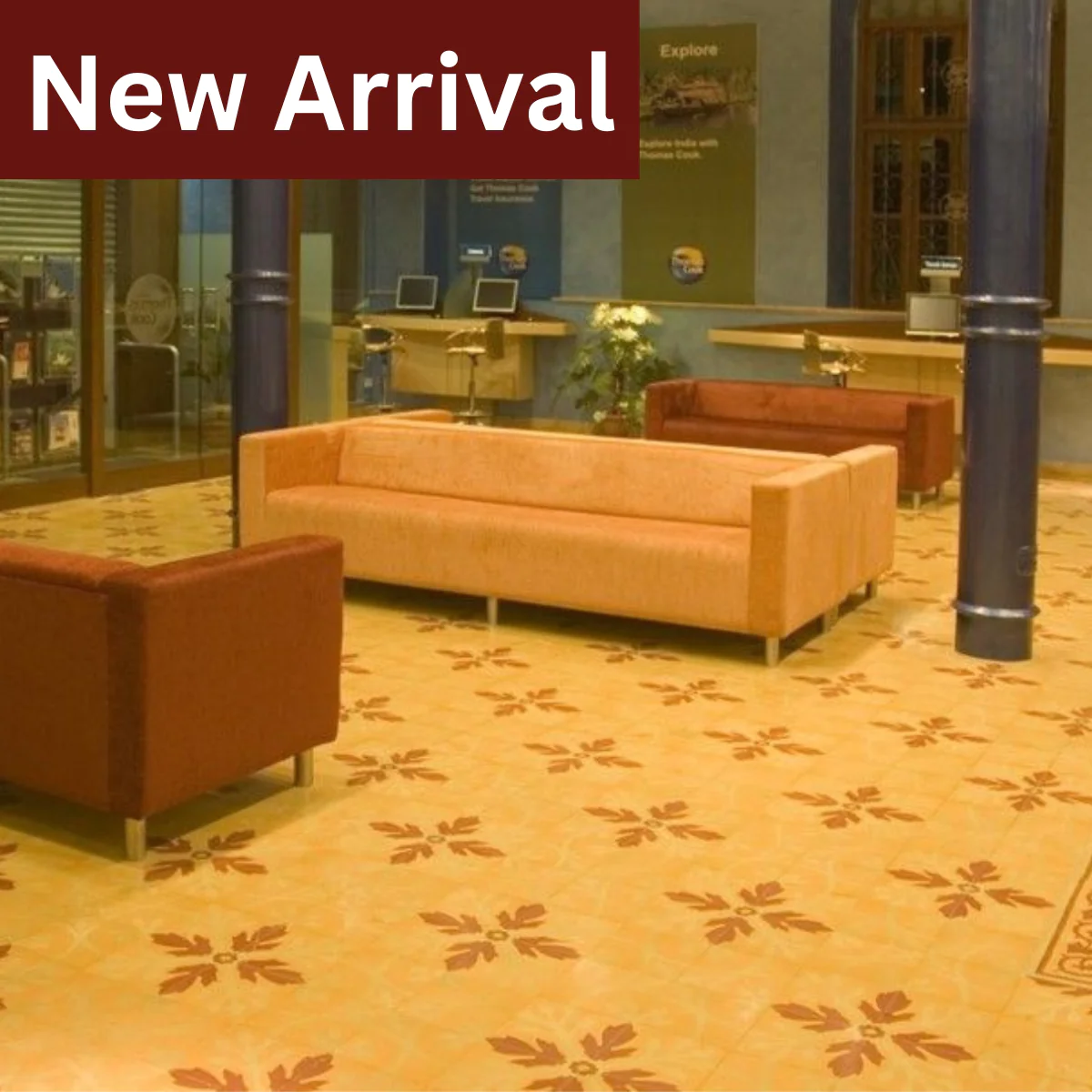
Designs
Geometric pattern
Geometric patterns are prevalent in Indian households, especially when it comes to Athangudi tiles. These patterns, replicated on each tile, contribute to the floor's aesthetic appeal. You have the flexibility to choose from various patterns, including circles, triangles, and rectangles, each adorned with unique designs.

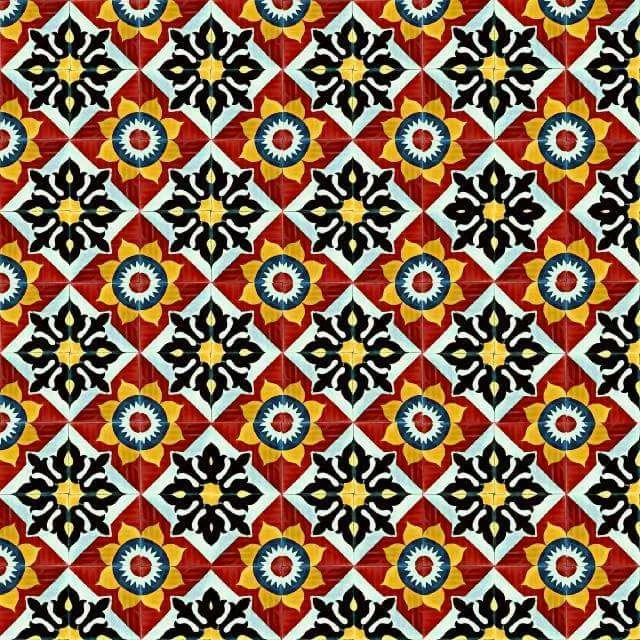

Modern minimalist
If elaborate floor patterns aren't your preference, consider the contemporary minimalist approach of Athangudi Tiles. In this modern style, you can opt for a single striking pattern in understated hues to achieve minimalism. Utilizing colors like black, grey, subtle blues, and greens along with simple designs fosters a serene aesthetic.
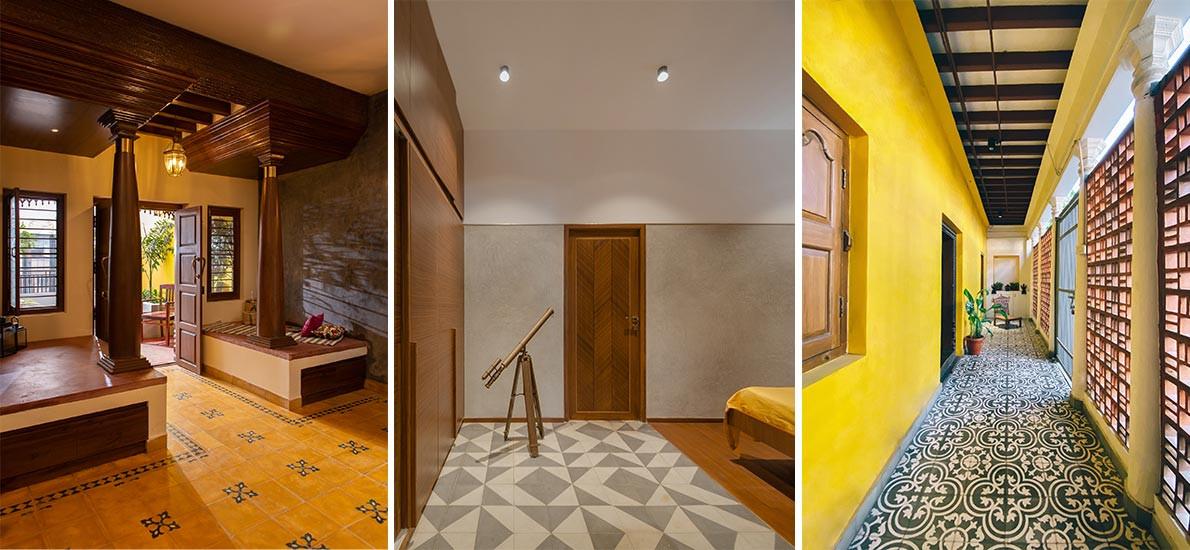

Patchwork designs
Crafting a mosaic of Athangudi tiles offers a creative and distinctive flooring option, ideal for kitchens or outdoor patios. Through a blend of various patterns and lively colors, you can imbue the area with character and allure.
Where to buy Athangudi tiles?
Athangudi tiles can be conveniently purchased online or directly from the artisans in the village. Moreover, they are widely available in numerous establishments across India's major cities. Some online platforms where you can find these tiles include AthangudiTile.com and Sendhur Tiles.
Cost of Athangudi tiles
The cost of Athangudi tiles can vary depending on how complicated the designs are, how big they are, and where you buy them from. Here’s a general idea:
Basic designs
If the patterns are simple and easy, each square foot might cost between Rs. 50 to Rs. 100.
Intricate designs
If the tiles have very detailed designs or are custom-made, they could be more expensive, ranging from Rs. 150 to Rs. 300 per square foot or even higher.
Keep in mind that the following are only estimates, and actual prices may vary. It's advisable to communicate directly with tile manufacturers or vendors to obtain precise costs tailored to your requirements. When budgeting for Athangudi tiles, it's essential to consider several additional expenses. Firstly, installation labor costs are significant, as they necessitate skilled workers. The intricacy of the design and your location can impact this expense. Moreover, if you're purchasing tiles from a distant location, shipping costs must be taken into account, which can fluctuate depending on distance and quantity. Lastly, taxes, notably GST (Goods and Services Tax) in India, typically at 18%, should not be overlooked. Incorporating these expenditures into your budgeting process ensures a comprehensive grasp of the total cost associated with acquiring and installing Athangudi tiles.
Also Read: Skirting Tiles - Meaning, Popular Types, Advantages & Price

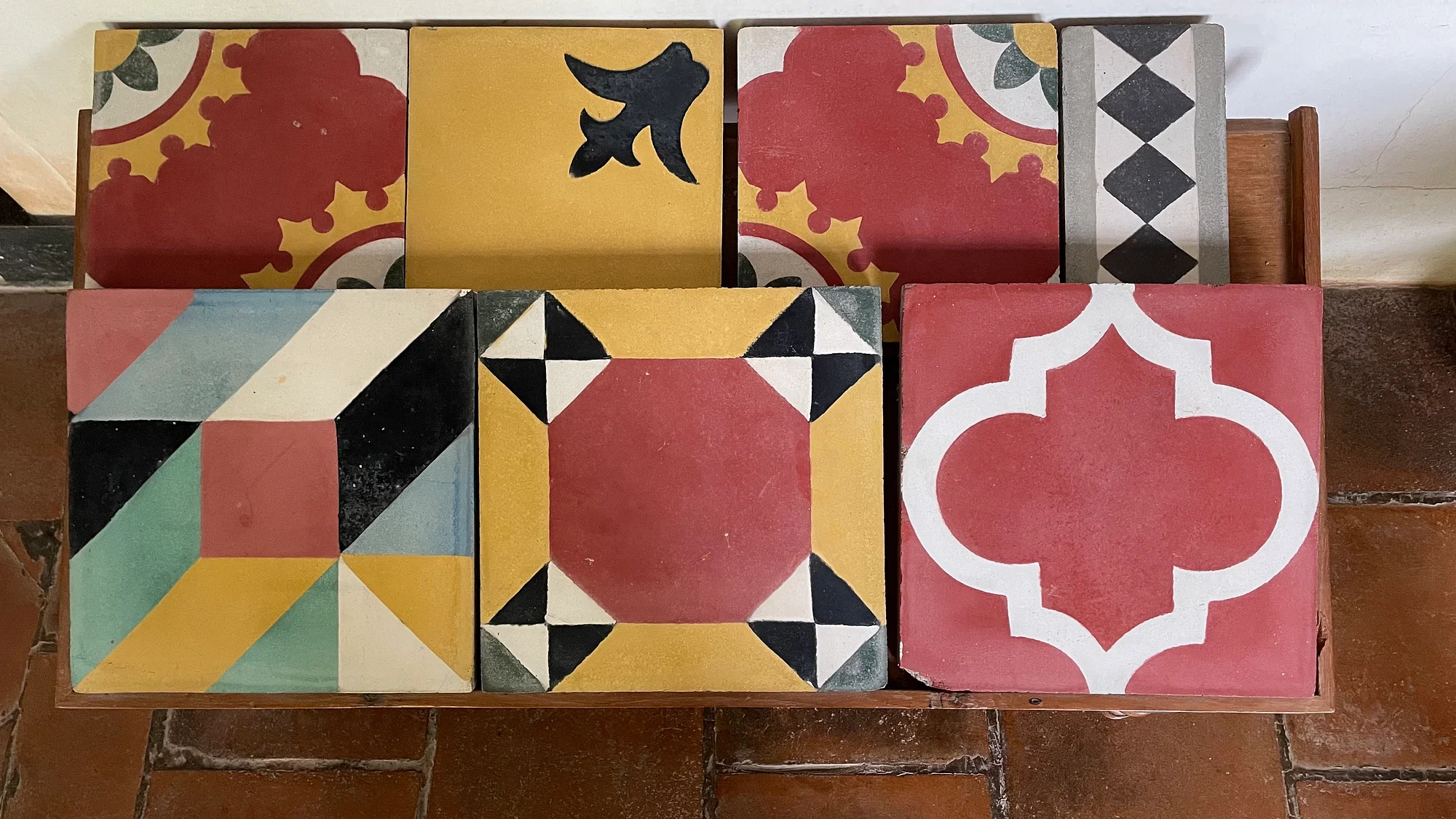


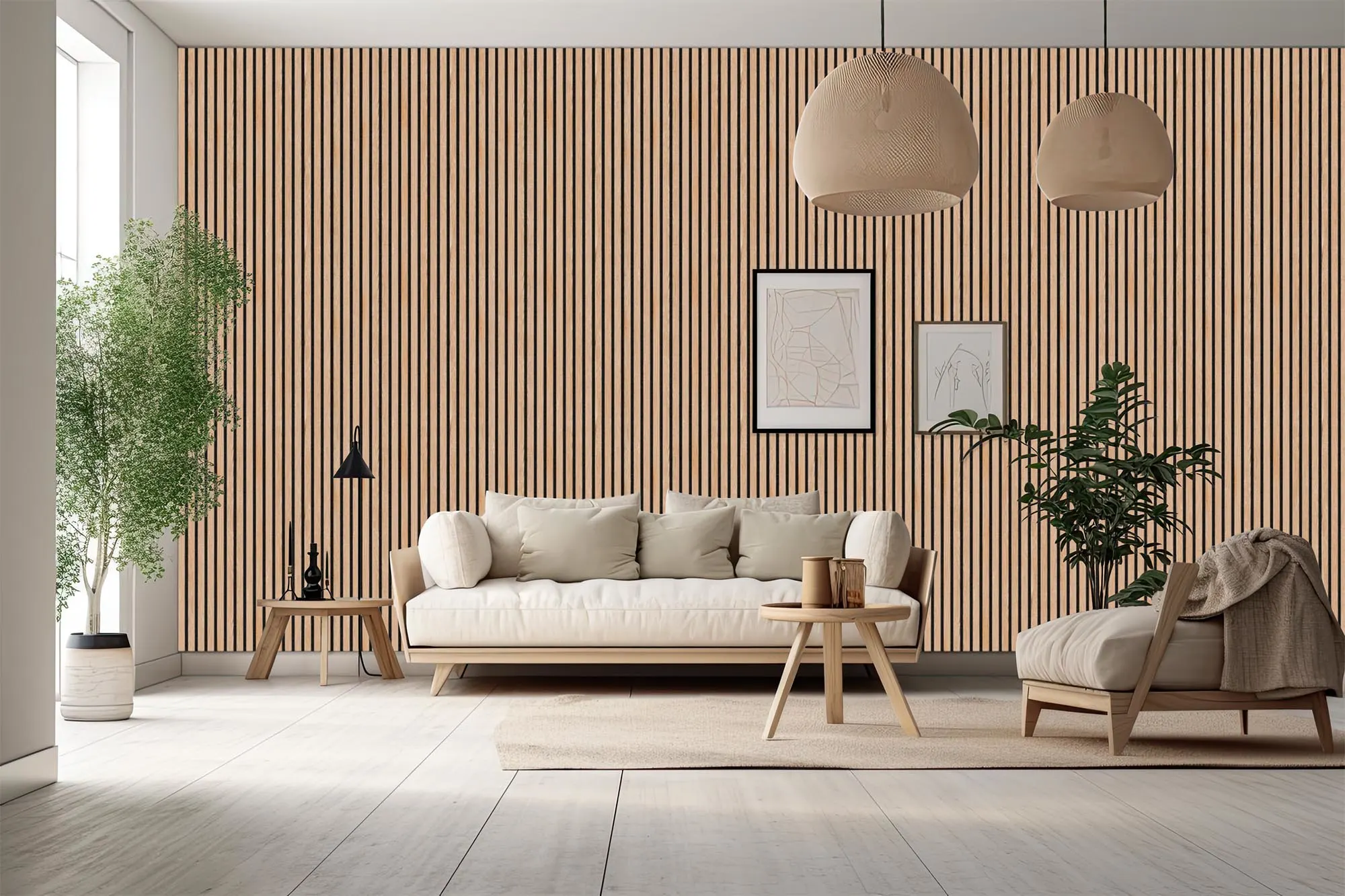







Ans 1. Simple tiles can be made in 1-2 days. Medium complexity requires 3–4 days, and highly intricate tiles require a week or longer. But it also depends on several factors, such as weather conditions, size, and artisans skills.
Ans 2. Although installing Athangudi tiles yourself is technically feasible, there are a few things you should know before trying.
Ans 3. Athangudi tiles are labour-intensive, and the more you need a particular type of tile, pattern, or design, the more expensive they become. Because these tiles are hand-painted, the paint may chip off or break if not handled carefully.
Ans 4. They are non-slippery and get shinier with time.
Ans 5. Yes, some Athangudi tiles are specifically designed for outdoor use and are weatherproof.
Ans 6. Yes, some artisans offer customization options where you can provide a desired pattern or even sketch your design for them to create custom tiles.
Ans 7. Athangudi tiles typically come in sizes ranging from 6x6 inches to 10x10 inches. Some artisans may offer larger or smaller sizes upon request.
Ans 8. Regular cleaning with mild soap and water is sufficient. Avoid harsh chemicals or abrasive cleaners. Regular reapplication of a natural wax coating can enhance shine and protect the tiles.